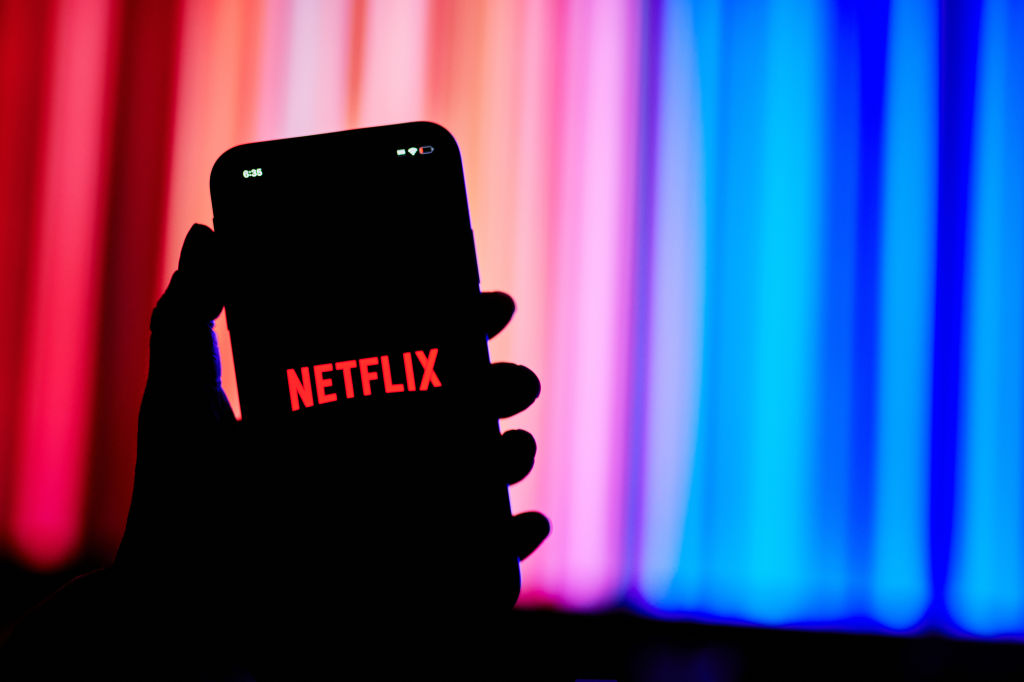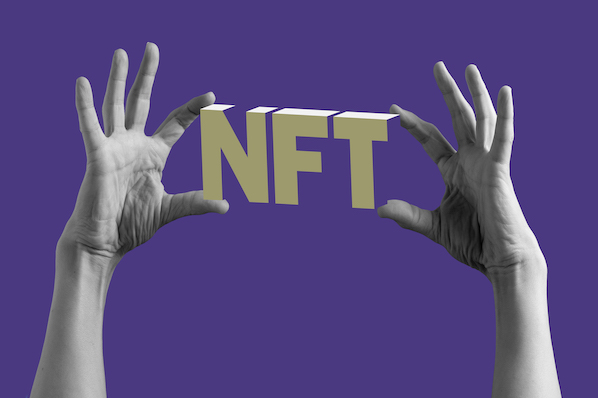Netflix reports strong Q1 growth but is it painting over CTV’s cracks?
Although Netflix has added almost 10 million new paid subscribers in early 2024, some experts believe advertising is quickly becoming the streaming giant’s long-term profitability plan, presenting a compelling opportunity for brands.

Netflix has had a strong start to 2024, adding a reported 9.33 million paid subscribers in Q1 of this year, taking its total subscriber numbers to 269.6 million.
These results follow an unprecedentedly strong finish to 2023, which saw Netflix add 13.1 million subscribers in the final quarter of the year.
Following back-to-back quarters of strong subscription growth, the streaming giant has subsequently surpassed its revenue forecasts.
Wall Street forecast $8.73bn in revenue for Netflix in Q1 2024, but it reported a whopping $9.49bn for the quarter – a 15% increase compared to Q1 2023.
Overall, net income for the quarter was $2.33bn.
But what does this mean for the increasingly competitive connected-TV (CTV) market? The streaming wars? And for advertisers looking to get into the game?
Diversification keeps Netflix ahead
Guy Meyers, Regional Director for Customer Success, EMEA at Recurly, said: “The latest results show that subscription fatigue is clearly an overstated phenomenon. The value to service proposition is key to success, offering personalised services and giving consumers options such as ad-tiered and variable price points, shows that consumers will continue to subscribe.
“The diversification of services is also the key. Best-in-class original content supported by additional options such as in-app gaming keep the audience captivated and less likely to unsubscribe. The growth in this area is supported by our State of Subscriptions 2024 report, which surveyed players such as Paramount+, Starz and Twitch, and found that within digital media and entertainment the number of active subscribers had gone up 124% since 2020.”
James Reeve, Executive Director of Design at UIC Digital, echoed Meyers sentiment, believing Netflix’s success to be a product of its “top-notch” content and personalised experiences.
He added: “By prioritising user satisfaction and tailoring offerings to its diverse audiences, Netflix continues to reign as the streaming king.
“Netflix has continued to offer an array of choices for subscribers, including a recent surge in non-English language content. This dedication to diversity helps Netflix resonate further with its users, solidifying its position as a leader in enhancing the streaming experience.
“Also, its recent venture into gaming demonstrates how it’s not just expanding its content services, but setting new standards in entertainment delivery. By tapping into the $455bn gaming market, Netflix continues to leverage its vast resources and innovative spirit, blurring the lines between traditional media and interactive entertainment.”
‘There’s an opportunity like never before to expand on traditional TV reach’
For advertisers, Edmund Mullins, Director, Inventory and Partnerships EMEA for StackAdapt, has urged them to capitalise on the opportunity CTV’s growth presents.
With Netflix having also announced a 23 million-strong jump in monthly subscribers to its ad-tier model earlier this year, as well as expanding into streaming live-sports and WWE, Mullins said “the proof is in the pudding for advertisers”.
He said: “CTV is becoming one of the most attractive environments for audience engagement and ultimately brand promotion. Consumers are increasingly open to viewing ads in exchange for quality content and we are seeing this trend carry over across other streaming platforms including the likes of Disney+.
“There’s an opportunity like never before to expand on traditional TV reach – delivering precise targeting to reach wider audiences and allowing brands to establish meaningful connections that resonate with their target audiences for more impactful results.”
Netflix’s password crackdown: a short-term solution to a long-term problem?
Within Netflix itself however, the future may not look as certain as many believe. The week following its recent announcement of record revenue and profitability saw its stock fall almost 12%.
This may seem puzzling, but according to Michael Hutchins, Founder of Modano, it makes perfect sense. He attempted to explain this trend in a Linkedin post claiming that Netflix’s stock decline is indicative of an organisation whose “core business is running out of new customers”, pointing to its crackdown on password sharing as a likely reason for the growth.
He added: “Their [Netflix’s] new ad-supported pricing plans and password crackdown measures reflect a desperation to grab more value from existing users as new users become much harder to come by.
“So, even with record revenue and profit, the growth story fades and fundamentals suddenly become a consideration for the first time.”
Perhaps reflecting Netflix’s ongoing attempts to use advertising to bolster its long-term capital growth, it has reportedly added a swath of new ad measurement options to better win over advertisers.
It announced new partnerships with measurement providers Kantar, Cint and NCSolutions, expanding the streamer’s existing roster of measurement partners which already includes Nielsen ONE, EDO, Integral Ad Science and DoubleVerify.
Netflix CFO Spencer Neumann told investors in a statement that generating more subscribers for its ad tier is the organisation’s way of “building a much more durable and healthy foundation for revenue growth across a larger base of paid members”.
This story first appeared on Performance Marketing World.

 JaneWalter
JaneWalter 
































